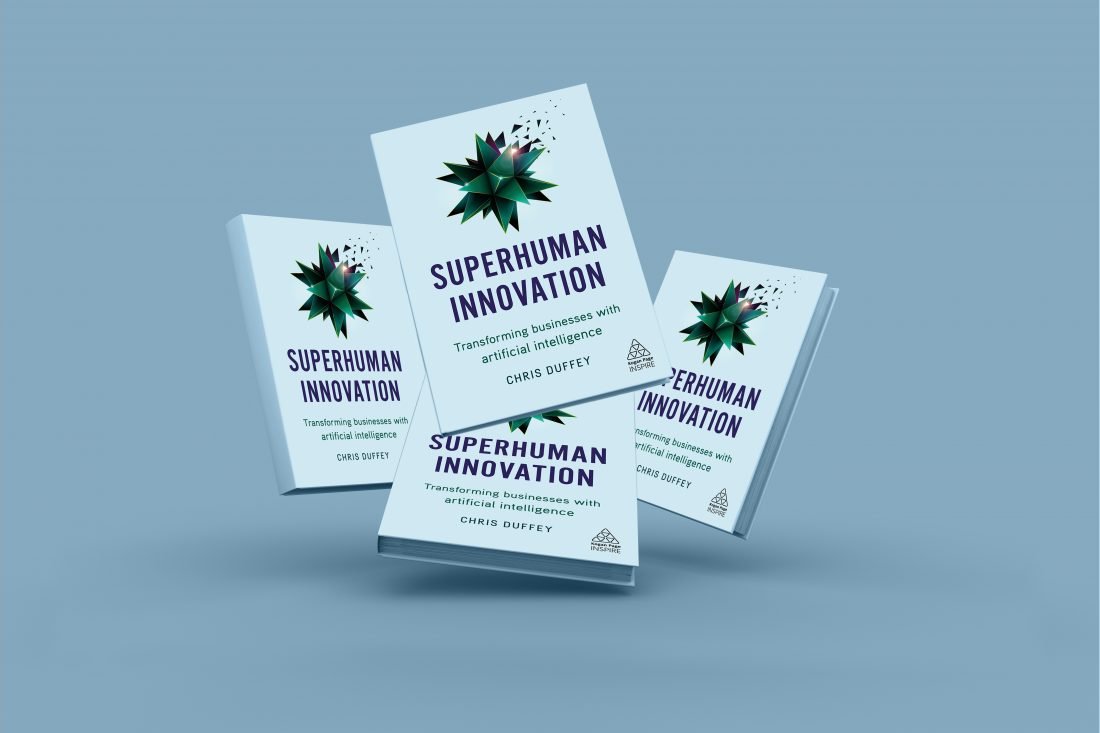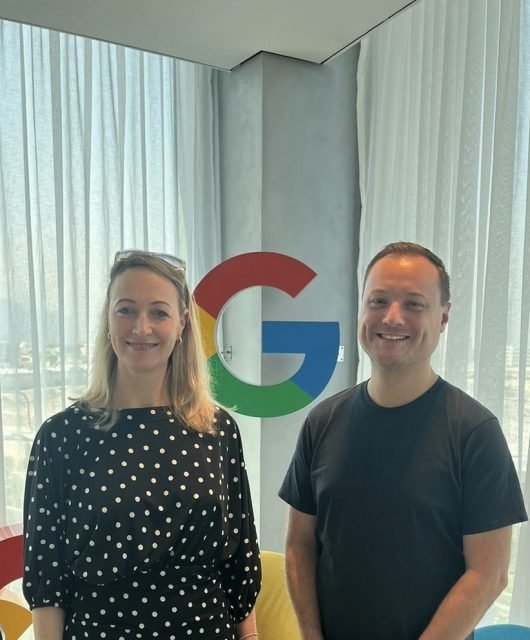Throughout my career as a Creative Director and Creative Technologist, I have always been fascinated when human creativity and ingenuity meet and is then amplified by technology. We will explore in great depth in the upcoming pages, how, over the past number of years, , Artificial Intelligence has been heralded as one of the greatest technical advances humankind has ever created: a pretty bold statement to say the least. In light of this, I wanted to celebrate the capabilities and possibilities of AI in this book, but also wanted to test the limits of AI, by not only writing a book about AI but actually leveraging AI to help assist in writing Superhuman Innovation. Capturing AI’s current and future abilities has been a journey of exploration, which has led to a number of exciting discoveries of its capabilities. But there were also instances in the process when AI was just not there yet. So, in the hopes of painting a vivid picture of how AI can be transformational, I used and compiled an ensemble of AI technologies to be a “Co-Author”. What follows is an overview of the approach and process I used, and much like the writing process, the use of AI was an organic, non-linear and often times a layering of various techniques.

The early to mid-2000’s come to mind when we were in a similar new era of mobile. Clients often asked us to describe how a mobile responsive website or app was built. In answering this it was always a question of how many technical layers to peel back: what went into the visual design process; , which UX tools were used; an explanation of software development codes; how to use iPhone or android hardware capabilities and components such as chips, geolocation abilities. The list went on and on. Most recently this was done through full day tech sessions with the introduction of the Apple watch and health kit and Amazon Alexa. And much like the early days of mobile and wearables we are going through a similar conversation with the technical building blocks of AI. This lays the AI foundation for strategic and creative discussions on how, when and where to best leverage the technology.
Rather than starting out with how is it built or trying to use a specific AI technique, my general approach in using AI as a co-creation tool for this book was to begin with a fundamental question: what can this specific AI function do and how can it help? With this focus I used a number of AI APIs (Application Program Interfaces) to solve and assist in the writing process. Although a lengthy list, this included everything from using AI to compose responses on specified topics, suggestion and prediction of contextual content that may be relevant, translation of multi-language reference materials and then summarization, sentence analysis and separation, constituency parsing to determine sentence structure and meaning, tone Analyzer to understand emotions and communication style in the text review stage, sentiment analysis to analyze and generate a summary of insights, characteristics and values inherit to the text. In the context of this book, the AI function, or Aime, is not a single sourced technology but rather a suite of technologies, many of which are opensource, each building on a different set of concepts, approaches and infrastructures. The conversational agent leverages a number of expert systems using AI and ML techniques such as Natural Language Processing (NLP), Natural Language Understanding (NLU) and Natural Language Generation (NLG) APIs. These techniques for example allow Aimé to identify, understand and respond to key words, phrases, ideas and requests, and at times instances of recognition and understanding of experiences and reasoning.
The underlying aspects of the AI used in Superhuman Innovation embody primarily three systems; AI Voice Recognition, AI Content Understanding and Summarization, AI Content Creation and Generation. Voice Recognition and continuous dictation enables for human to system interaction through a voice-user interface (VUI) for tasks such as speech-to-text, text-to-speech, voice editing, formatting, spelling, and sharing of documents. AI Content Understanding and Summarization technology reviews and abridges data bases, articles or research papers into quick digestible content through approaches such as sentiment analysis, labeling and organization of higher-level concepts based on contextual understanding. AI Content Creation and Generation is the ability for the system to develop concepts and ideas to aid the content creation process. Writing algorithms which are designed to emulate the human writing process helped contribute ideas, titles, content and drafts.
At the risk of getting a bit technical, from a high-level technical architecture standpoint many of the APIs were stationed in cloud environments – meaning they could be accessed via provisioned instances or applications. The algorithms were then called on for functions such as generation, creation, summarization, and content enrichment by being pointed to and accessing research and content databases. By layering a series of APIs this allowed for a more comprehensive output. This “multi-engine” approach is a reflection of a broader AI engineering mindset that focuses on the objective rather than the AI technique or technology. AI development should not be about a specific approach or technology, rather the objective of putting the human first with their particular need.
The use of AI technology specifically within higher level tasks like human creativity may be a provocative notion, however when used accordingly, AI can enhance innovation and originality. As a reflection of this interactive conversation with AI about AI, Superhuman Innovation is written in a dialogue format to demonstrate how using AI to achieve the seemingly impossible is possible by leveraging technology to solve problems that either we can’t solve by ourselves or help solve them faster.
For those of you who want to do less tedious tasks and more time doing what you love doing – this book is for you. For all of you who want to work smarter in order to be more efficient– this book is for you. For anybody of any age, with any skill level – this book is for you. For those of you who want to be more successful – this book is for you. AI is the great democratizer in helping you achieve your goals. There are a number of books and resources that talk about what AI can achieve, but there is no other book that will show you how to use AI to become truly Superhuman. I encourage you to read the book to the end, yes there is a section or two that may be a bit technical, but let me assure you this is not about the technology, this is about you and what you can achieve with the technology. If you do make the commitment and make it to the end, you will leave with actionable and tangible opportunities for your business, no matter the size or stage, as well as for own your career management and advancement.





